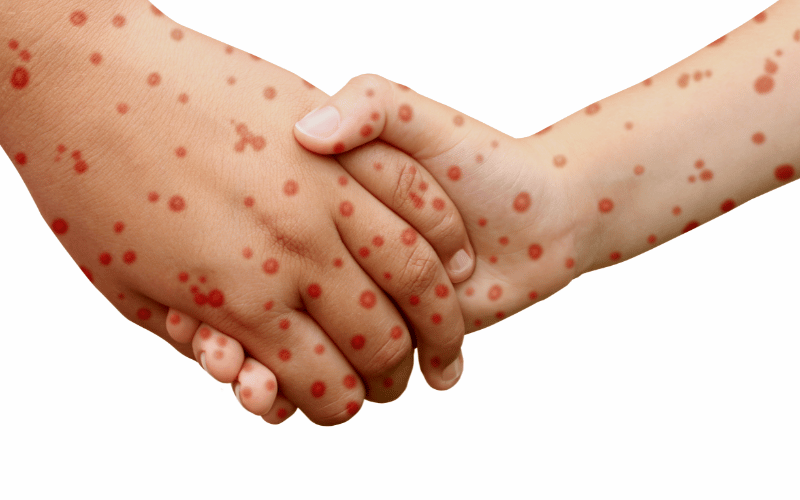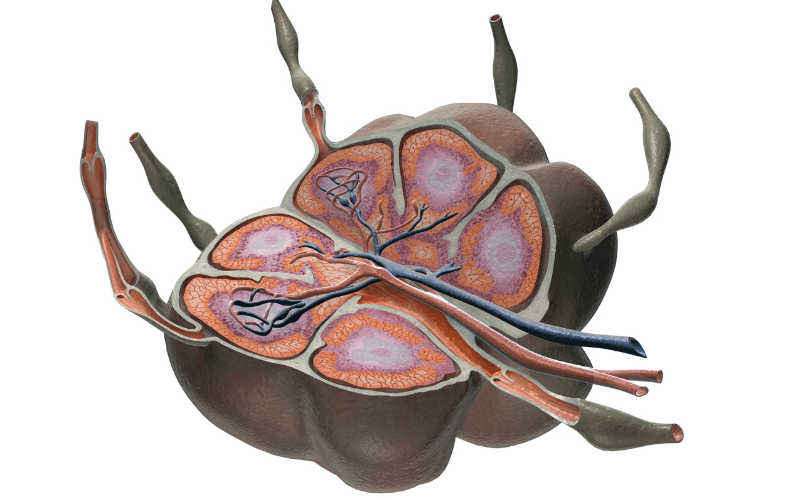Introduction: The Intricacies of Kikuchi Disease

Kikuchi Disease, occasionally referred to as Kikuchi-Fujimoto Disease, might not be a household name, but its effects on those who suffer from it can be significant. It is a rare condition primarily affecting the lymph nodes, and while it might not be as prevalent as other diseases, its rarity makes it even more crucial for us to understand its symptoms. This way, early detection becomes possible, and timely intervention can be initiated.
The world of medicine is vast, with countless conditions, each with its unique set of symptoms. However, certain conditions, due to their unfamiliar names or less frequent occurrence, tend to slip under the radar. Kikuchi Disease is one such ailment. Predominantly seen in young women, the exact causes of this condition remain somewhat shrouded in mystery. Despite its enigmatic origins, understanding its symptoms can pave the way for better diagnosis and management.
Over the next sections, we will be diving deep into these symptoms, shedding light on their intricacies. By the end of this overview, you’ll be equipped with the knowledge to understand Kikuchi Disease better and be more alert to its manifestations.
Symptom 1: Swollen Lymph Nodes

Lymph nodes are an integral part of our immune system. They act as filters for harmful substances and contain immune cells that can help fight infection. In the case of Kikuchi Disease, these nodes, especially those in the neck, can become swollen and palpable. This symptom, technically known as lymphadenopathy, is not exclusive to Kikuchi Disease but is a prominent sign.
It’s essential to differentiate between general lymph node enlargement and that caused by Kikuchi Disease. The latter often presents with tenderness upon touch. These swollen nodes might not just be a minor inconvenience; for many, they become sore and cause discomfort in daily activities.
Moreover, while the cervical region (the neck) is a common site for this swelling, it’s not the sole area of concern. Some patients have reported enlarged nodes in other regions like the armpits or groin. It’s this widespread potential that makes it crucial to be attentive to changes in more than just the neck area.(1)